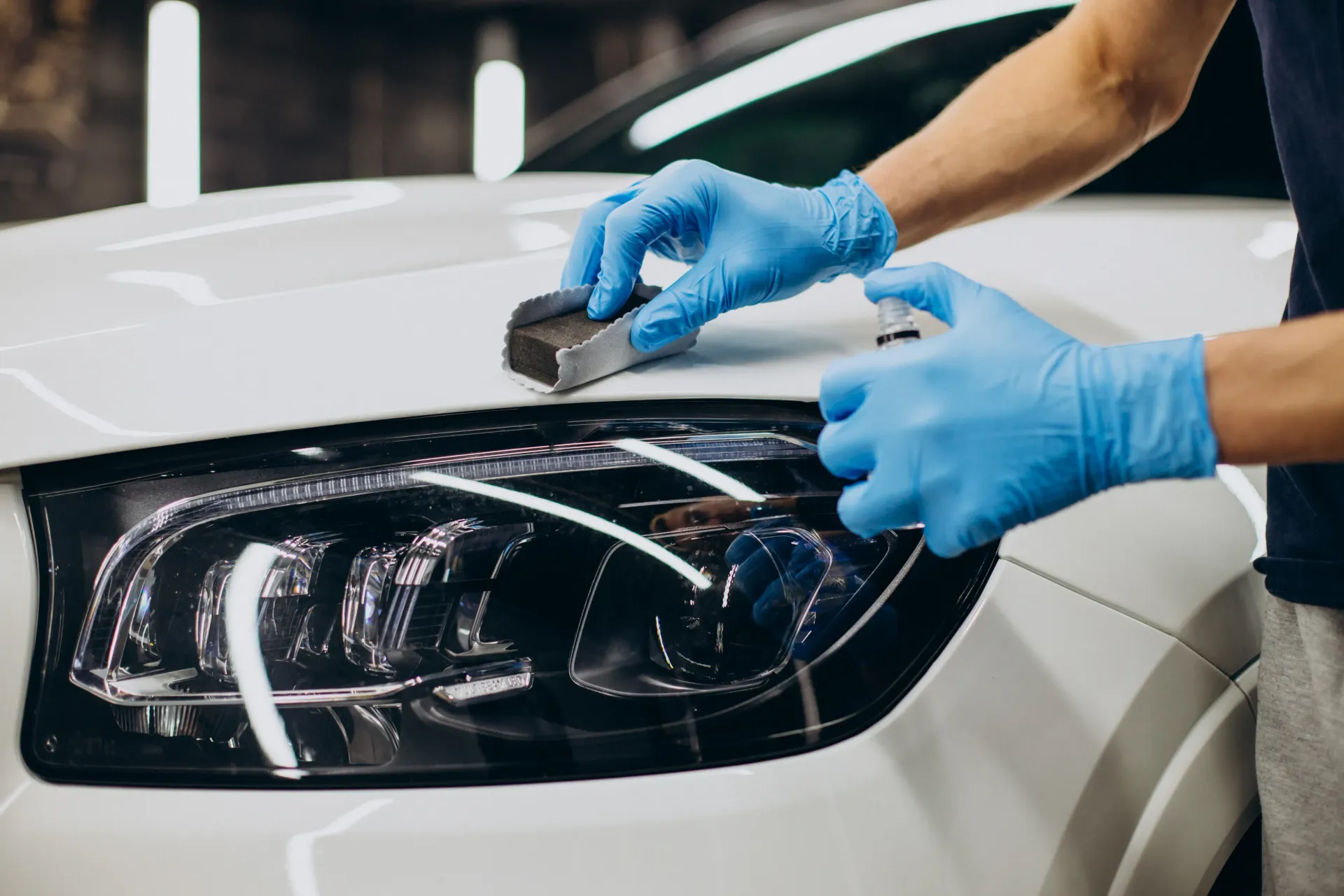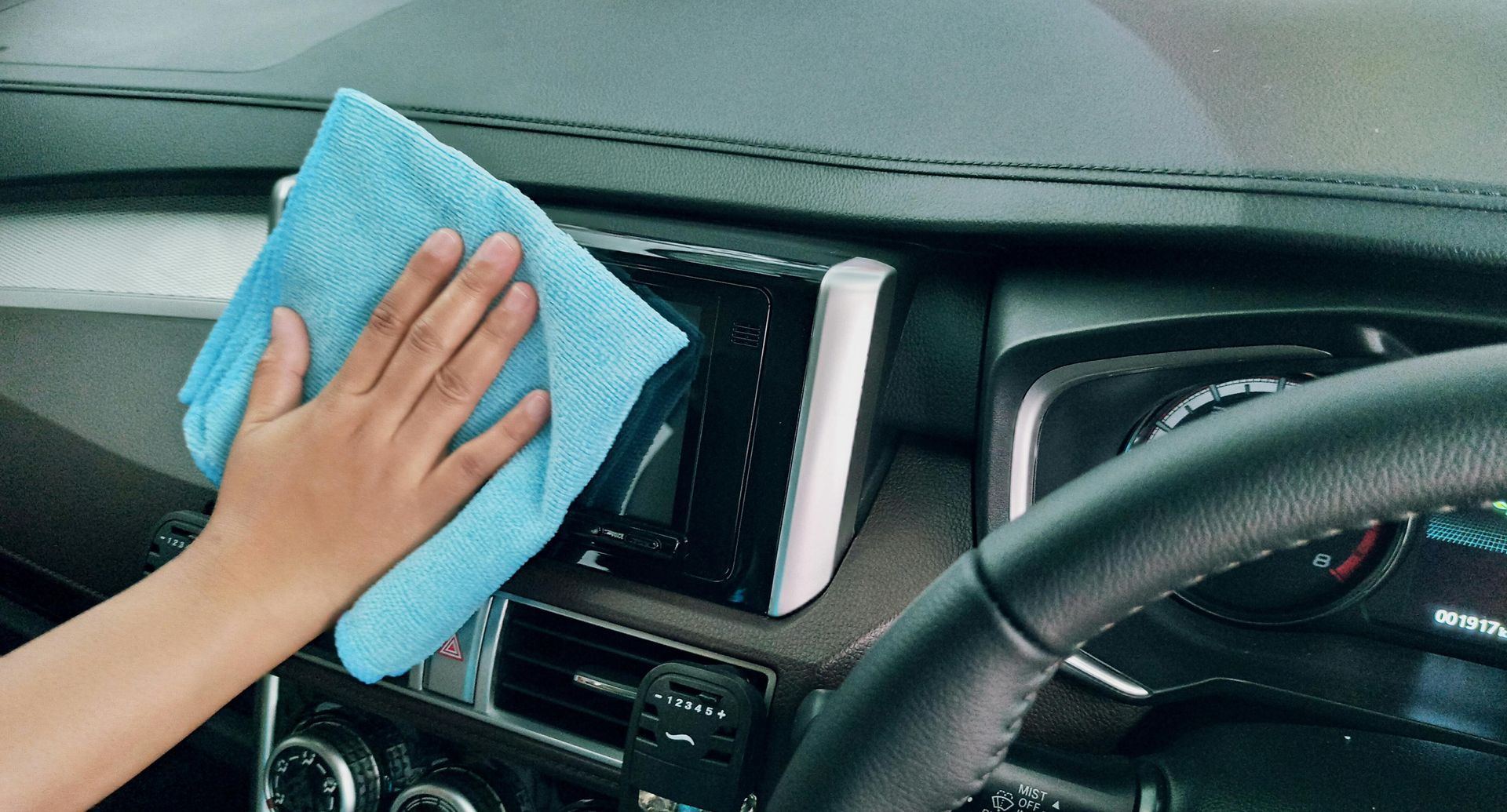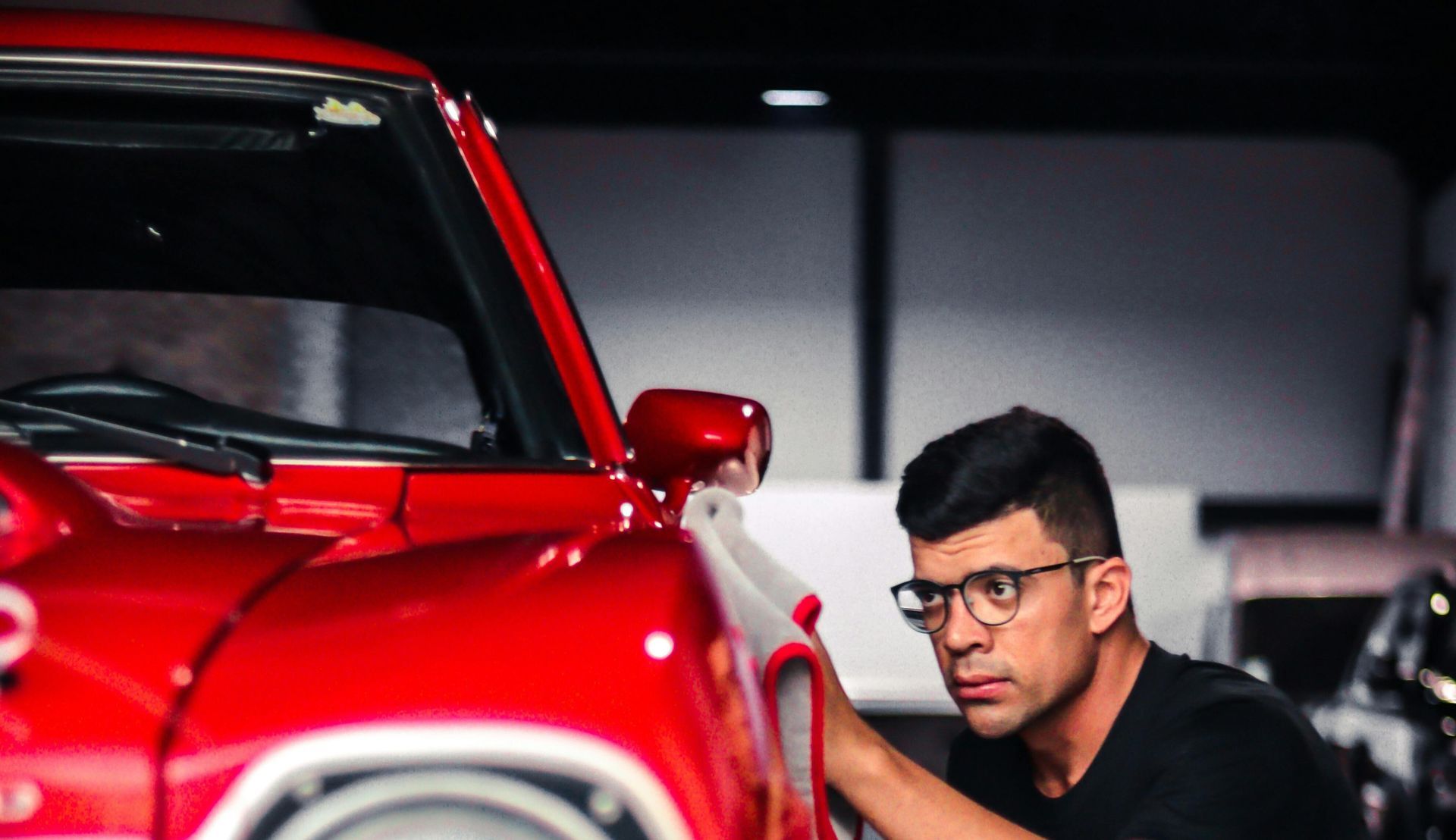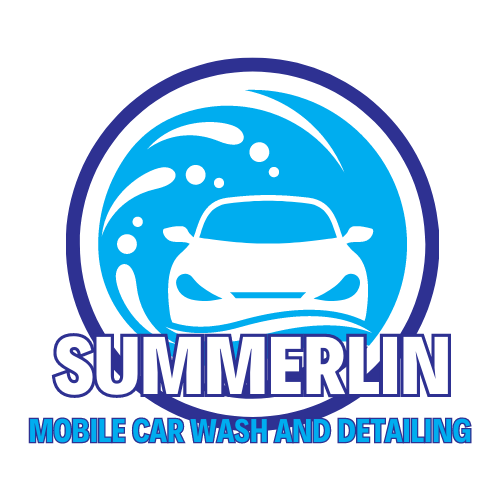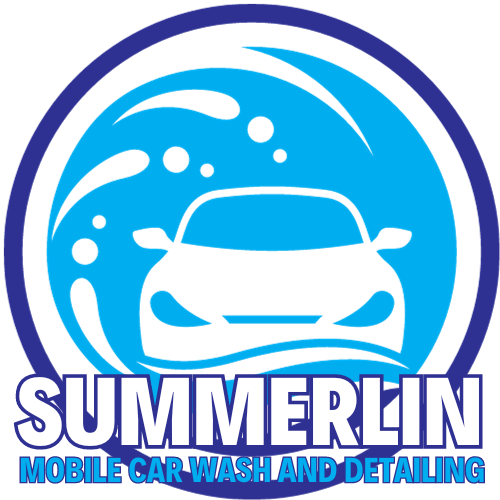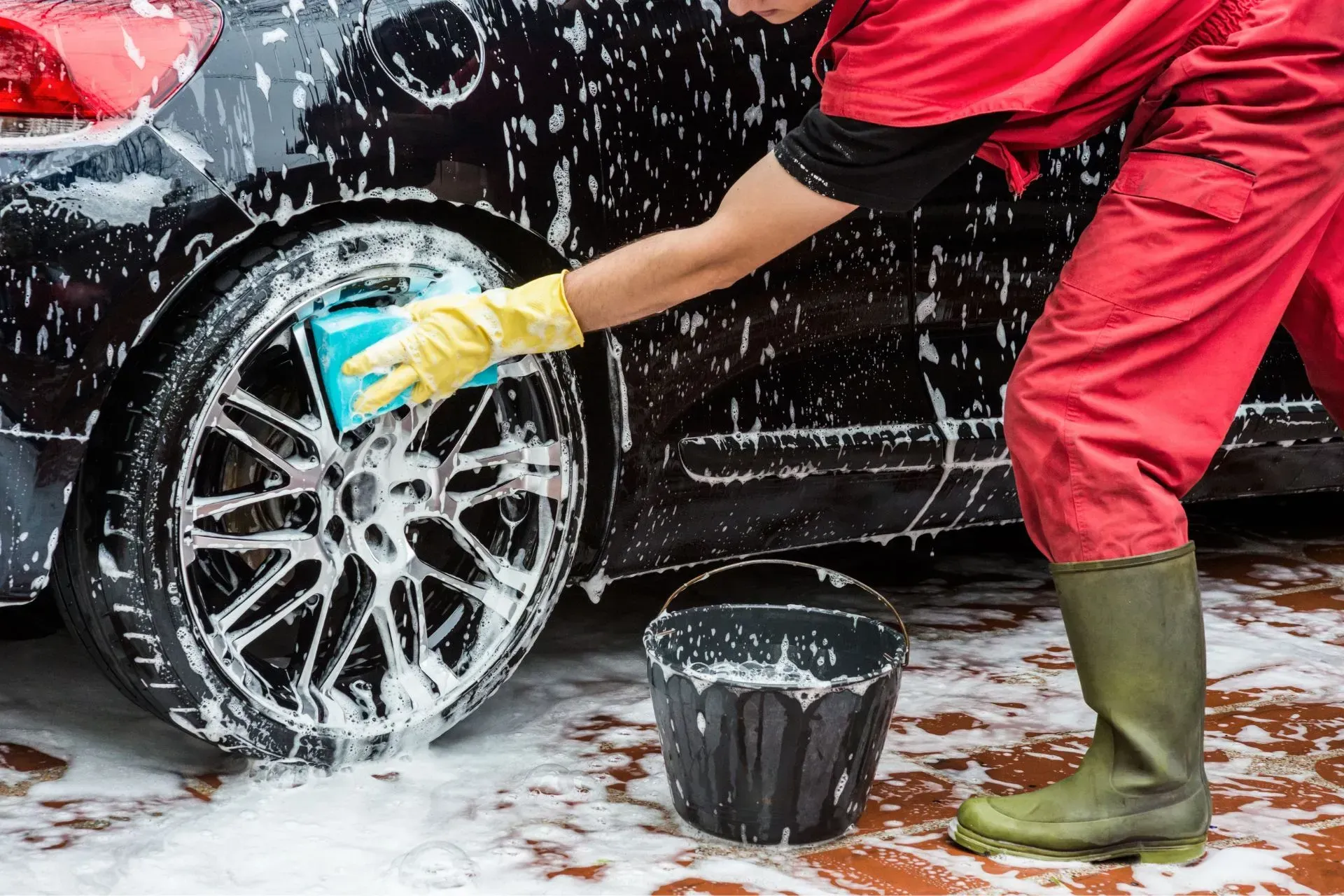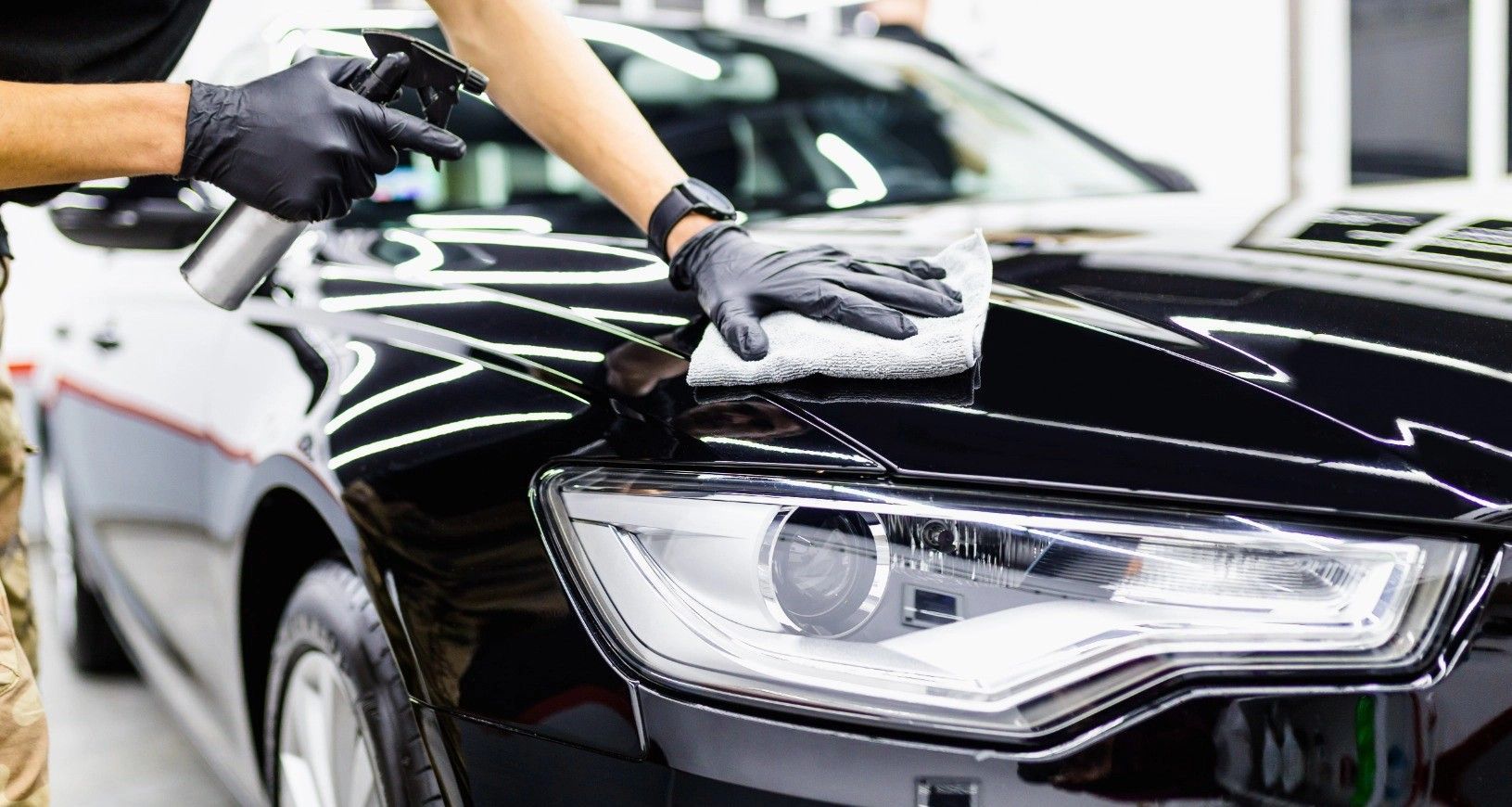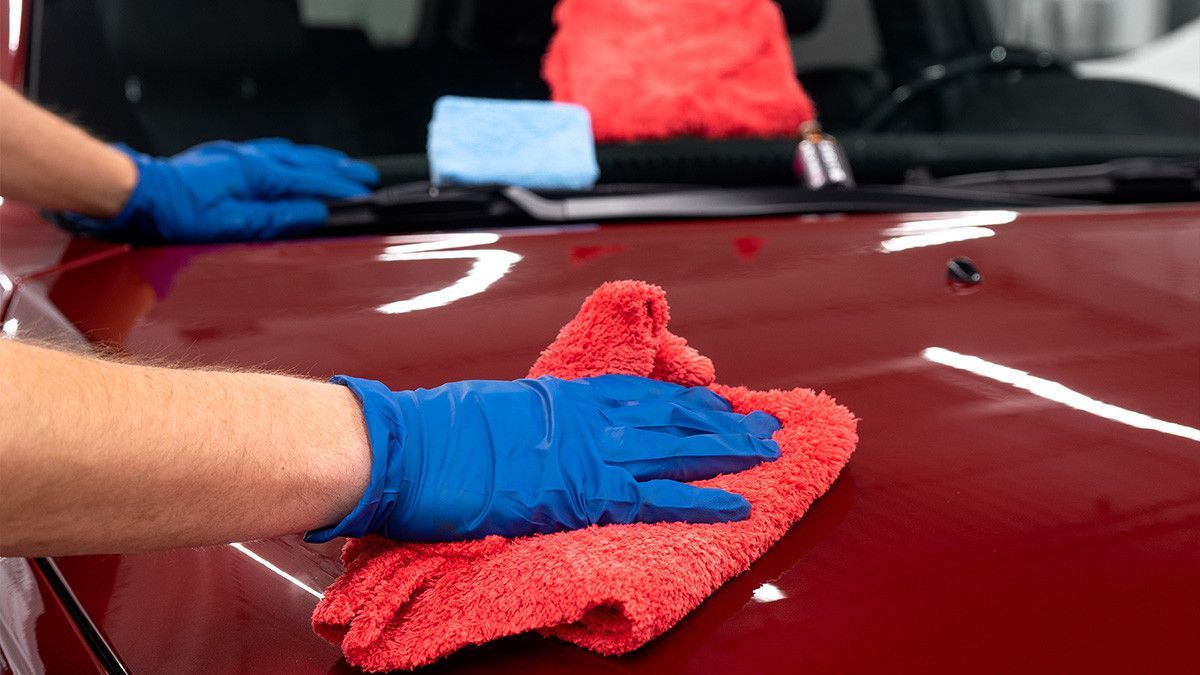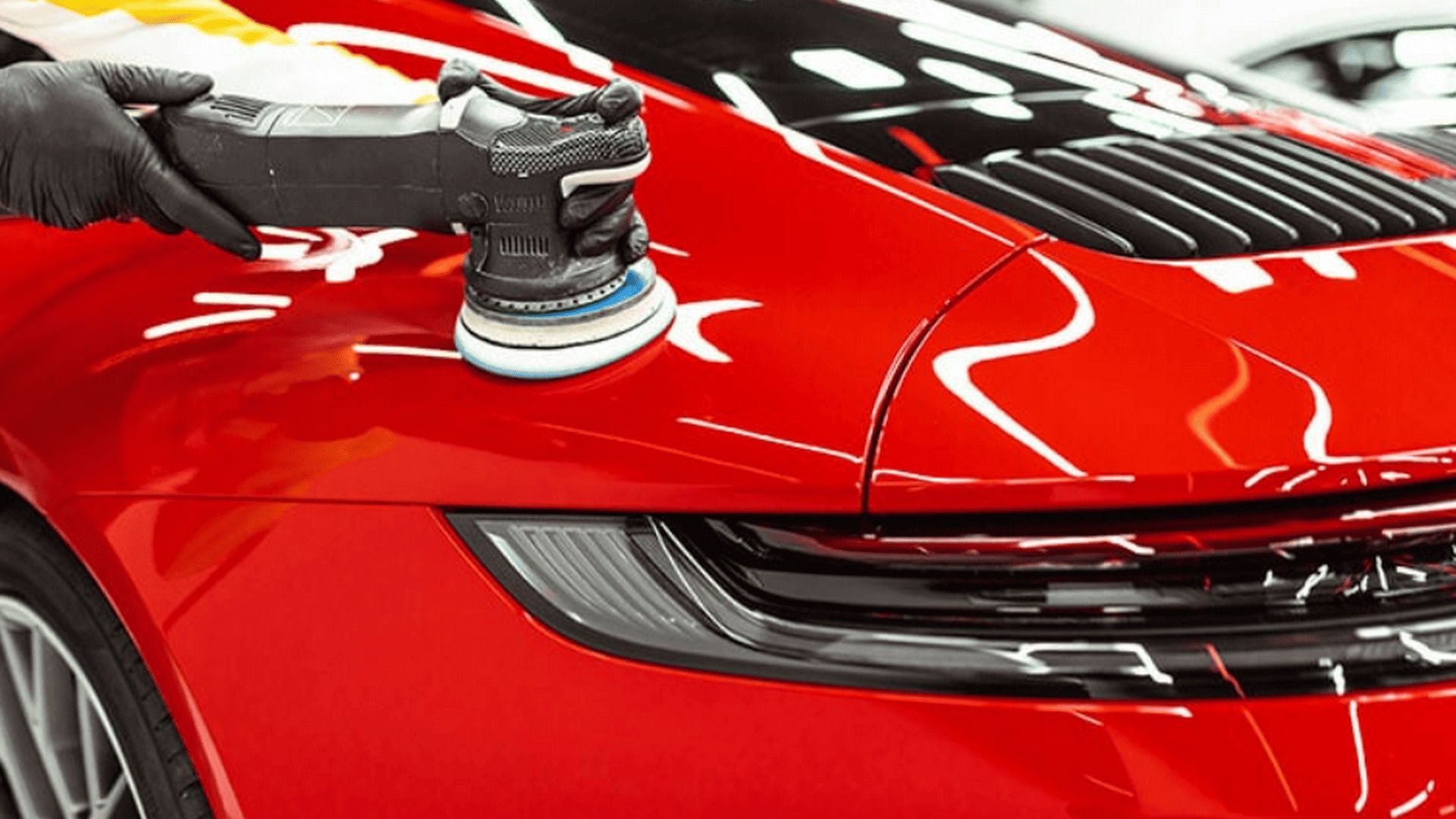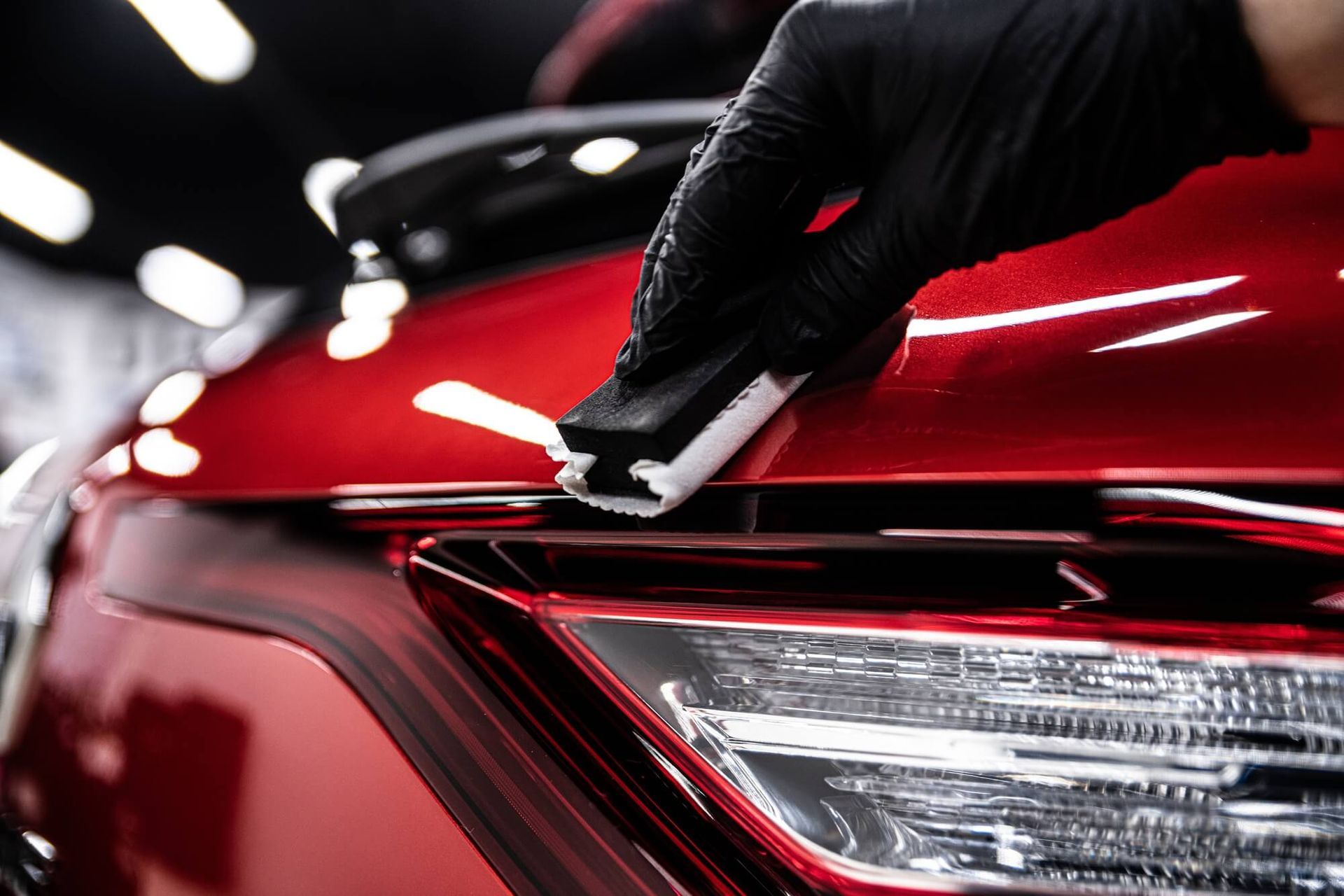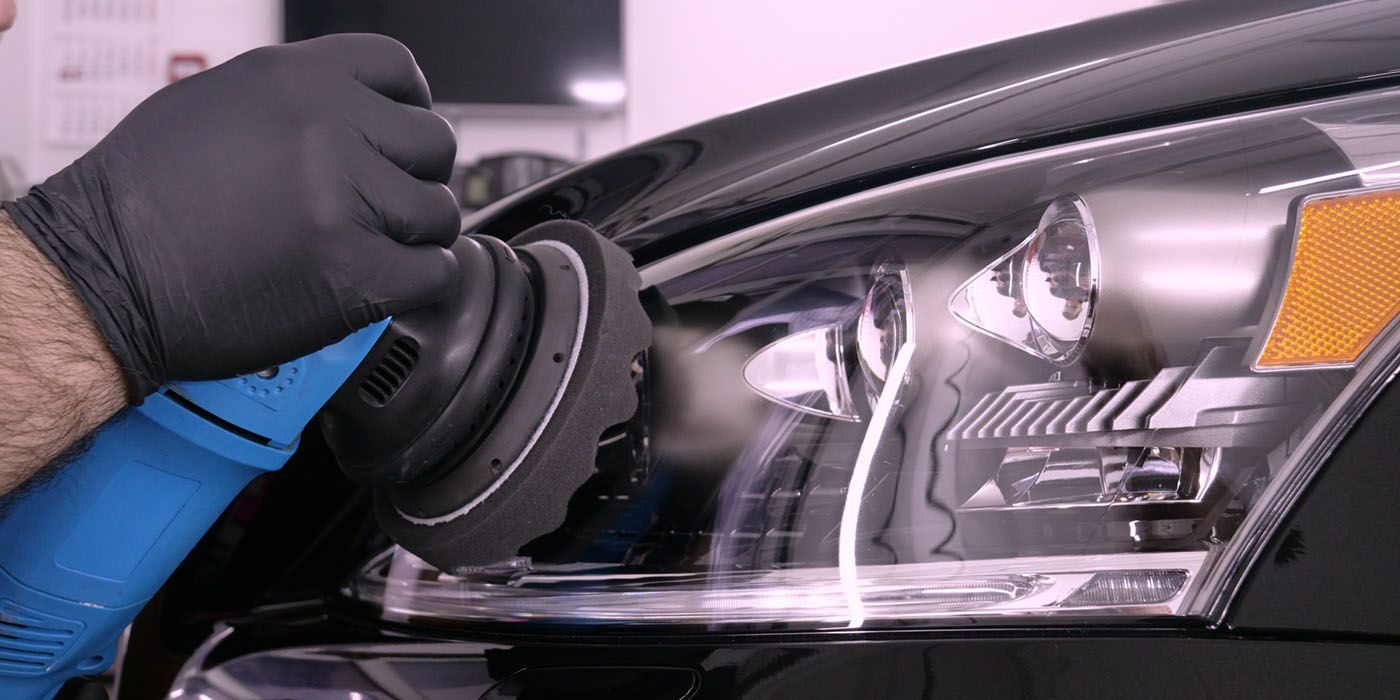Unlock the Shine: Benefits of Clay Bar Treatment for Your Car
Your car's paint might look clean after a wash, but is it really? There’s a hidden world of pollutants, road grime, and microscopic debris silently eating away at that glossy finish. That's where clay bar treatment for your car steps in—an expert-level detailing secret that transforms dull paint into a mirror-like shine.
This article will uncover the many benefits of clay bar treatment, explain how it works, and help you decide whether to DIY or go professional. Let’s dive into why this treatment is a must-have for car lovers.
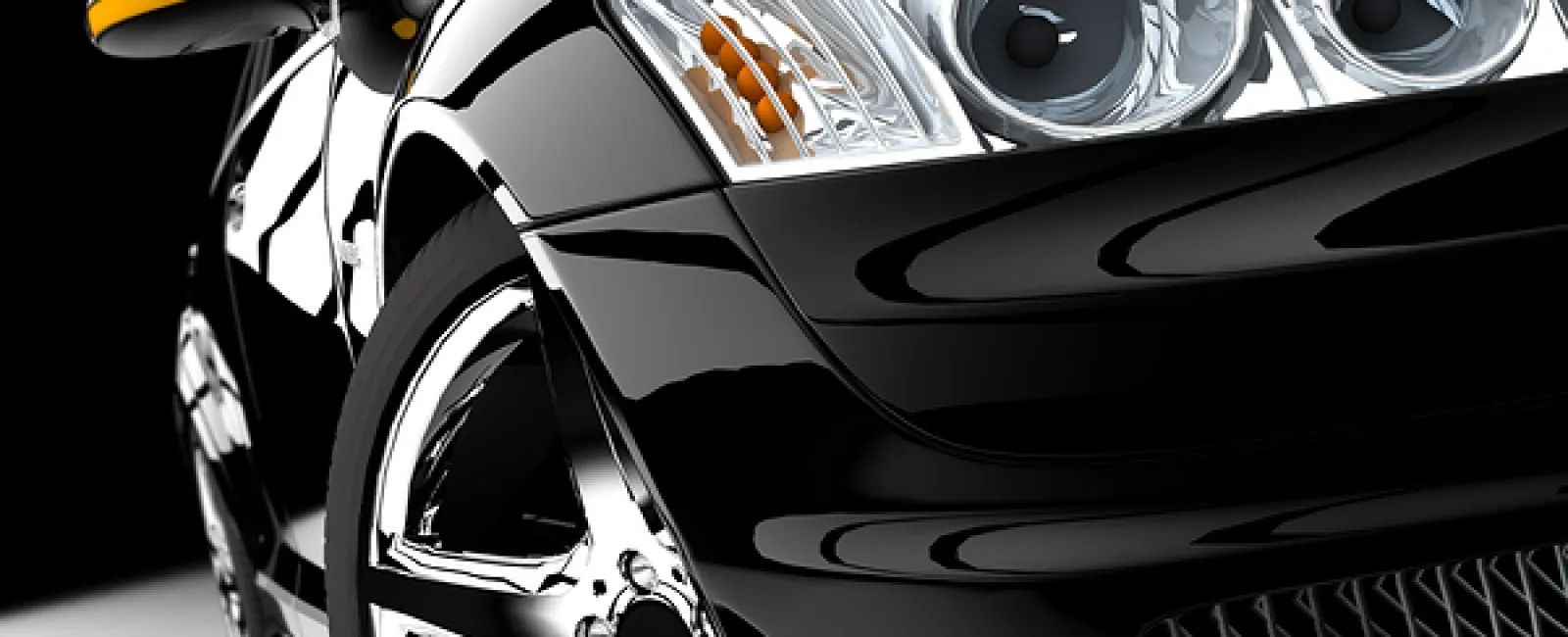
Clay Bar Treatment for Your Car
A clay bar treatment is a detailing technique used to safely remove bonded surface contaminants that a standard wash can’t. By gliding a soft, synthetic clay compound across your car’s surface, it pulls out stubborn debris like brake dust, industrial fallout, and tree sap that are stuck deep into your paint.
The result? A baby-smooth surface that shines like it just rolled off the showroom floor.
Understanding the Basics of Clay Bar Detailing
A clay bar is exactly what it sounds like—a block of elastic, putty-like material specially formulated to be safe on automotive paint. Used with a lubricant, it glides over the car’s surface, grabbing onto and lifting off microscopic contaminants.
It's not about scrubbing harder—it's about lifting dirt gently without damaging the clear coat.
How Clay Bars Are Made and How They Work
Clay bars are usually composed of synthetic resins or natural clay and are soft enough to be kneaded like dough. As you rub it across your car, the tacky surface traps contaminants that would otherwise sit embedded in your paint and eventually cause scratches, oxidation, or corrosion.
The working principle is simple but genius: If your paint feels rough after a wash, a clay bar makes it smooth again—safely and effectively.
What’s Lurking on Your Car’s Paint Surface?
Even if you wash your car weekly, unseen pollutants like:
- Road tar
- Brake dust
- Acid rain residues
- Tree sap
- Industrial fallout
can embed themselves in your paint. These contaminants are small but mighty—they dull your paint, eat away at the clear coat, and cause long-term damage.
How Pollution and Debris Damage Your Paint Over Time
Environmental pollutants don’t just sit there—they react. Acidic substances start breaking down the clear coat, while metallic particles from brake dust rust and spread. These effects might not be visible immediately, but over months or years, the shine disappears, and the surface feels rougher.
A clay bar treatment acts as a reset button—removing years of build-up in just one session.
The Hidden Dirt Regular Washing Can’t Remove
No matter how fancy your car shampoo is, it can’t lift bonded contaminants. Regular washing only removes loose dirt and dust. Clay bar treatment, however, digs deeper—removing invisible grime that causes swirl marks and paint dullness over time.
Enhanced Shine and Paint Clarity
One of the biggest benefits is the visible gloss boost. Your paint literally looks clearer and glossier after a clay bar session. The surface becomes silky smooth, which reflects light better and gives that desirable "wet look" finish.
It’s like exfoliating your skin before applying makeup—it preps the surface perfectly for waxing or coating.
Extended Paint Life and Protection
By removing corrosive materials early, you’re extending the life of your paint job. Clay bar treatments prevent oxidation, clear coat degradation, and color fading—saving you thousands in repainting or correction costs in the long run.
Prepping Your Car for Wax or Sealant
Before applying wax, sealant, or ceramic coating, your paint needs to be squeaky clean. A clay bar ensures that these protective layers bond properly and last longer. Applying a protectant without claying first is like painting over dirt—it just won’t stick well.
Increased Resale Value of Your Vehicle
A well-maintained paint job makes a strong first impression. When a potential buyer runs their hand across the glossy, smooth surface, they feel the difference. It shows you care, and that translates directly into better offers.
Signs Your Car Needs a Clay Bar Treatment
- Paint feels rough after washing
- No shine even after waxing
- Visible specks that don’t wash off
- Black spots near wheel wells (brake dust)
- You live in a polluted or coastal area
If any of these sound familiar, it’s time to clay.
Ideal Frequency for Detailing with Clay Bar
Clay bar treatments don’t need to be weekly. For most cars, twice a year is perfect. If you live in high-pollution zones, every 3–4 months may be beneficial.
Pros and Cons of Doing It Yourself
Pros:
- Budget-friendly
- Learn a new skill
- Control over products used
Cons:
- Time-consuming
- Risk of scratching without proper lubrication
- Doesn’t match professional-level results
Why a Mobile Auto Detailing Service Might Be a Better Option
Professional mobile services have the tools, experience, and products to perform a flawless clay bar treatment while saving you time. Plus, they come to you! If you value convenience and results, this is the route to take.
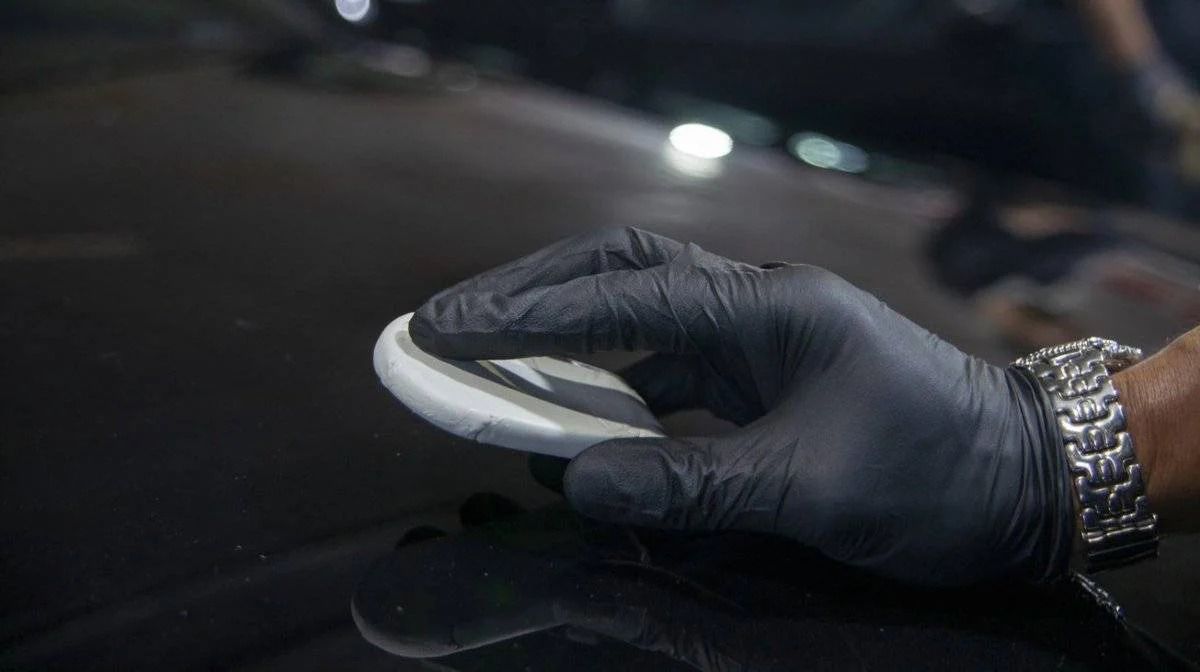
How to Perform a Clay Bar Treatment at Home
- Wash and dry your car
- Use a detailing spray as lubricant
- Glide the clay in straight lines
- Wipe off residue with microfiber towel
- Repeat on all panels
- Apply wax/sealant after
Tools and Products You’ll Need
- Clay bar kit (medium grade)
- Clay lubricant or quick detailer
- Microfiber towels
- Car wax or sealant
- Patience and shade!
Over-Claying: How Often is Too Often?
Clay bars are mildly abrasive. Overuse can wear out your clear coat. Stick to 2–3 times per year unless your car gets unusually dirty often.
Improper Lubrication: The Fast Track to Scratches
Never clay a dry surface. Always use a proper lubricant to prevent marring the paint. If the clay drags or sticks—stop, spray more, and go slow.
Sealing the Deal with Wax or Ceramic Coating
After claying, your paint is vulnerable. Lock in the smoothness with a high-quality wax or ceramic coating. This adds months of protection and enhances that deep, reflective shine.
Best Maintenance Practices After Treatment
- Wash regularly
- Use quick detail sprays between washes
- Park in shade
- Avoid automatic car washes
Busting Common Misconceptions
- “It’ll scratch my car!” – Only if you do it wrong
- “Washing is enough” – It isn’t
- “All clay bars are the same” – Grade matters
- “It’s only for old cars” – Even new cars benefit
Is It Safe for All Car Types?
Yes! From matte to clear coat finishes, as long as you're using proper lubricant and technique, clay bar treatment is safe. Just avoid unpainted plastic trims.
Is Clay Bar Treatment Eco-Friendly?
Compared to harsh chemical cleaners, clay bars are surprisingly gentle on the environment. Most modern lubricants are biodegradable and safe for runoff.
Real Stories: What Car Owners Say After Clay Treatment
“After claying my car, it looked ten years younger.”
“I didn’t know my paint was supposed to feel like glass!”
“Never going back to just washing. Clay is a game changer.”
Clay Bar Treatment for Your Car
When it comes to boosting your vehicle’s appearance, few treatments offer the instant gratification of a proper clay bar session. From deeper gloss to long-lasting protection, this is a must-have for anyone who truly values their ride.
Frequently Asked Questions About Clay Bar Treatments
How long does a clay bar treatment last?
Usually 3–6 months, depending on your environment and care habits.
Can I use a clay bar on a ceramic-coated car?
Yes, but make sure the coating is safe for claying. Check with the product manufacturer.
Does a clay bar remove scratches?
No. It removes contaminants but not scratches. You’ll need polishing for that.
Can I clay a brand-new car?
Absolutely! Dealerships don’t always deliver perfectly clean paint.
Is clay bar safe for black cars?
Yes, but use extra lubrication to avoid showing swirl marks.
What happens if I drop the clay bar?
Toss it out! It’ll pick up grit and scratch your paint if reused.
Final Thoughts: Unlock the Shine Today
Clay bar treatment isn’t just for car fanatics—it’s for anyone who wants their vehicle to look and feel brand new. It removes the stuff you can’t see but definitely feel. Whether you're prepping for wax or just want to give your car some love, this simple process makes a world of difference.
Links
